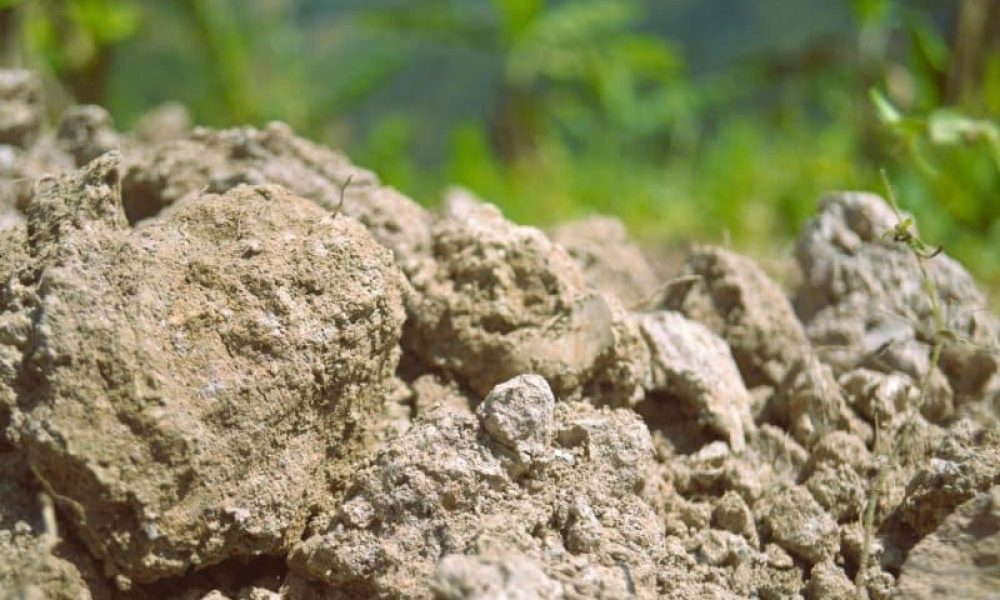Soil testing is a critical step before installing sod, yet it’s often overlooked. While laying down sod may seem straightforward, the health and composition of the soil beneath play a significant role in the success of a lawn. Soil testing provides valuable insights into nutrient levels, pH balance, and organic content, allowing you to amend the soil properly for optimal grass growth. Understanding why soil testing matters and how it impacts your sod installation can make the difference between a vibrant, lush lawn and one that struggles to thrive.
Why Soil Testing is Essential Before Installing Sod
Sod installation is a significant investment, both in terms of time and money. Without a proper understanding of your soil’s condition, you risk laying sod on soil that might lack the necessary nutrients or have an unsuitable pH level for the grass species you’ve chosen. This can result in poor root development, uneven growth, and increased vulnerability to disease and pests. A simple soil test before installation allows you to ensure that the soil is suitable for the new sod, giving it the best chance for long-term health and durability.
Key Reasons for Soil Testing Before Sod Installation:
- Establishes a Baseline: Soil testing establishes a baseline of nutrient levels, helping you understand what amendments (like fertilizers or lime) may be necessary.
- Improves Root Establishment: Healthy soil promotes strong root growth, which is essential for the sod to anchor itself properly and absorb water and nutrients.
- Reduces Future Maintenance Costs: A well-prepared soil reduces the likelihood of costly interventions down the road, such as additional fertilization or pest control.
- Promotes Environmental Responsibility: By knowing exactly what nutrients are needed, you avoid over-fertilization, which can lead to nutrient runoff and environmental pollution.
What Soil Testing Reveals
A standard soil test will analyze several factors, each critical to the health of your sod. Our pals at EOS Data Analytics have provided the list of factors soil tests reveal:
- pH Levels: Different grass types have specific pH preferences. For example, most warm-season grasses, like Bermuda, thrive in a pH range of 6.0 to 7.0, while cool-season grasses, like Kentucky bluegrass, prefer 6.0 to 7.5. A soil test reveals the pH level, allowing you to adjust it if necessary by adding lime (to raise pH) or sulfur (to lower pH).
- Nutrient Levels: Soil tests measure the presence of essential nutrients like nitrogen (N), phosphorus (P), and potassium (K), as well as micronutrients like calcium, magnesium, and sulfur. If any nutrients are lacking, amendments can be added to bring levels to optimal ranges before installing the sod.
- Organic Matter Content: Organic matter is essential for soil health, improving water retention, aeration, and nutrient availability. Soil with adequate organic content supports healthy microbial life, which aids in nutrient cycling and disease resistance.
- Soil Texture and Compaction: Some tests also provide information about soil texture and compaction, which affect drainage and root penetration. Highly compacted soil may need aeration to improve root access to water and nutrients.
By addressing these factors before installation, you create an environment where sod can establish itself efficiently, leading to quicker, more resilient growth.
The Benefits of Soil Testing Before Sod Installation
Investing time and resources in soil testing has both immediate and long-term benefits, from quicker sod establishment to reduced lawn maintenance. Here’s a closer look at some key benefits:
Improved Sod Establishment and Growth
Testing and amending the soil beforehand ensures the sod has the nutrients it needs right from the start. Grassroots anchor more effectively, drawing essential nutrients that support quick, uniform growth.
Increased Water Efficiency
Healthy soil structure and texture allow water to move through the soil evenly. Without proper testing, soil may retain too much water (risking root rot) or drain too quickly, requiring more frequent watering. Correcting soil issues before laying sod reduces the amount of water needed and helps prevent waterlogging and disease.
Enhanced Resistance to Pests and Diseases
Nutrient-deficient or pH-imbalanced soil creates a stressful environment for grass, making it more vulnerable to pests and diseases. By addressing soil health early, you reduce the risk of infestation and lawn disease, minimizing future pesticide use.
Reduced Need for Chemical Inputs
Soil testing allows for precise fertilization based on the specific needs of your soil. This reduces the reliance on unnecessary fertilizers, which saves money, decreases chemical runoff, and lessens the environmental impact of your lawn care.
Longer-Lasting Lawn
When sod is installed over well-prepared soil, it establishes quickly and develops a robust root system. This not only makes the lawn more drought-tolerant but also gives it greater resilience against foot traffic and weather extremes, making it last longer with less intervention.
How to Perform a Soil Test Before Sod Installation
Soil testing can be done by collecting samples and sending them to a laboratory or using a DIY soil testing kit. Here’s how to get started:
- Collect Soil Samples: Using a clean shovel, dig small holes about 4-6 inches deep in various spots across your lawn area. Collect soil from each hole and mix the samples together to form a composite sample, which provides a more accurate representation of the soil’s overall condition.
- Send to a Lab or Use a DIY Kit: Local agricultural extension offices and commercial labs offer soil testing services, providing detailed reports and recommendations for amending the soil. Alternatively, DIY kits are available at garden centers; while not as precise, they give you a basic overview of pH and nutrient levels.
- Review Results and Amend Soil: Once you have the results, follow the recommendations for adjusting pH and adding any necessary nutrients. Apply lime or sulfur to adjust pH and use fertilizers with balanced N-P-K ratios according to your soil’s needs.
- Prepare the Soil Surface: After amending, till the soil to mix in amendments and break up any compacted areas. This will create a loose, aerated surface, making it easier for sod roots to establish.
Making Amendments Based on Soil Test Results
Based on your soil test results, you may need to make several types of amendments to optimize conditions for sod:
- pH Adjustment: Add lime to increase pH or sulfur to lower it, depending on your grass species’ needs. Adjusting pH improves nutrient availability and creates a more hospitable environment for grass.
- Fertilizer Application: If nutrient levels are low, add fertilizers to ensure the soil has sufficient nitrogen, phosphorus, and potassium. Phosphorus, in particular, is essential for root development, making it critical in the early stages after sod installation.
- Add Organic Matter: Compost or other organic amendments can be tilled into the soil to improve water retention, aeration, and microbial health. Organic matter also helps sandy soils retain moisture and loosens clay-heavy soils, enhancing root growth.
- Soil Aeration: If soil compaction is a problem, consider aerating the soil before laying sod. Aeration loosens compacted areas, improving water infiltration and root penetration, and creating a more stable foundation for the new lawn.
Conclusion
Soil testing is a small but essential step that can have a major impact on the success of sod installation. By understanding your soil’s pH, nutrient levels, and organic content, you can tailor your amendments to create ideal growing conditions. This not only speeds up the sod’s establishment but also promotes a healthier, longer-lasting lawn with reduced maintenance needs. Ultimately, investing in soil testing before installing sod leads to a beautiful, resilient lawn that adds value to your home and enhances your outdoor living space.









